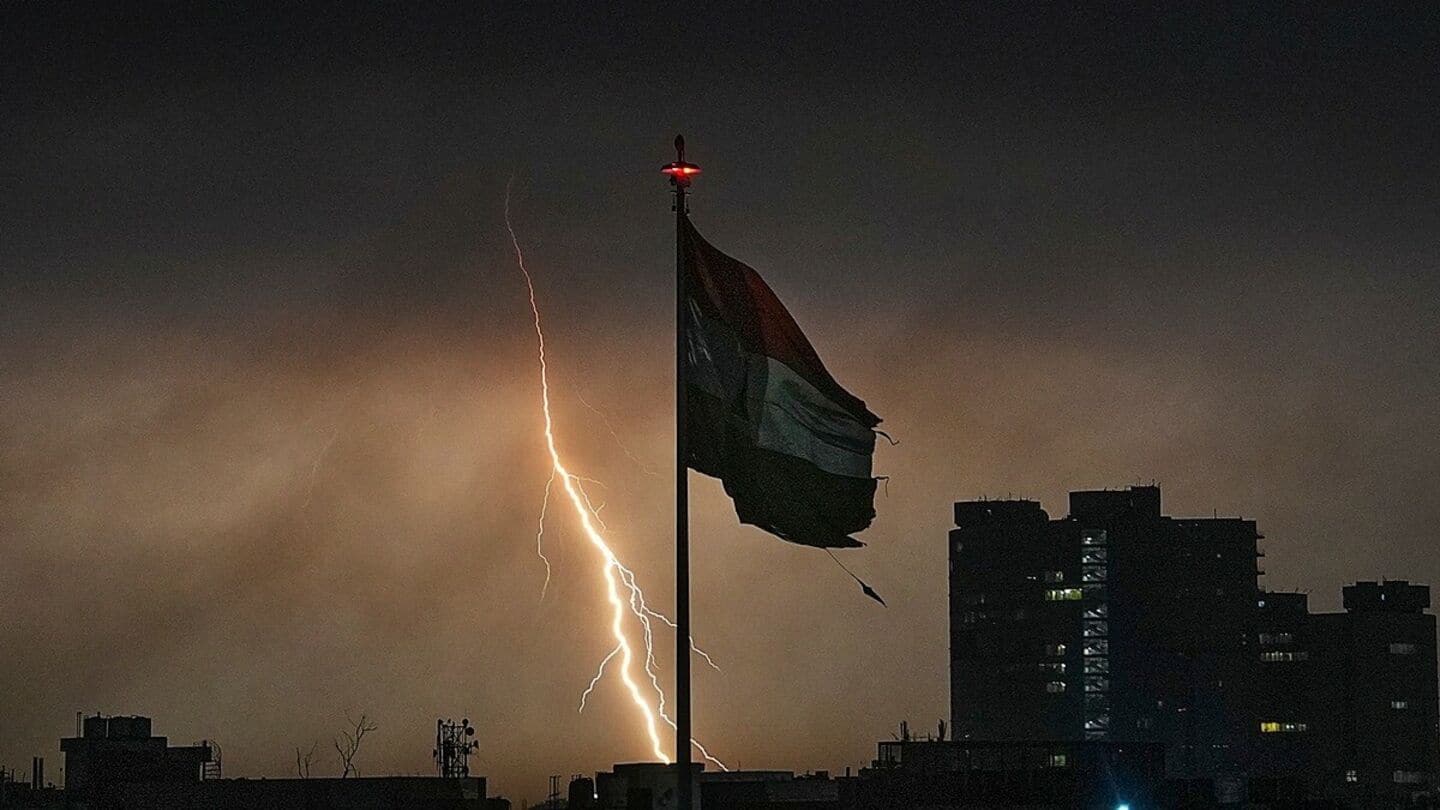
Explained: Why Delhi is witnessing a surge in violent storms
What's the story
Delhi has recorded its wettest May on record, with 186.4mm of rainfall and four major storms. The India Meteorological Department (IMD) confirmed that this month has surpassed the previous record of 165mm set in May 2008. The latest storm hit the city on May 25, bringing 81.4mm of rain and strong winds up to 82 km/h, causing widespread disruption, including flight cancellations and tree uprootings.
Weather analysis
Unusual weather patterns linked to climate dynamics
Meteorologists have attributed the unusual weather patterns and violent storms to changing climate dynamics in northern India. Mrutyunjay Mohapatra, Director General of Meteorology at IMD, told TOI that western disturbances have been more frequent this May than in previous years. "Their interaction with other systems and high surface temperatures has triggered severe thunderstorms." These disturbances are low-pressure systems that usually bring rain to north India but have been interacting with moist winds from the Bay of Bengal and Arabian Sea.
Weather consequences
Deadly impacts and potential climate change indicators
The extreme weather has had deadly consequences, with at least 12 people losing their lives due to falling trees and collapsing infrastructure. Mahesh Palawat from Skymet noted that "western disturbances have frequently appeared as cyclonic circulations over northwest India," leading to moisture-heavy conditions for thunderstorms. Meteorologists are now linking these erratic weather patterns to broader climate shifts, with Mohapatra warning that if such trends continue, it could indicate the growing impact of climate change.
Weather forecast
IMD forecasts continued thunderstorms
A severe thunderstorm once again lashed the national capital in the early hours of Sunday, but the IMD has not issued any color-coded weather alerts for the coming days. However, light rain and thunderstorms with wind speeds up to 50km/h are expected to continue through the week. The powerful storm first affected regions of Punjab and Haryana before heading southeast and striking Delhi between 12:30am and 2:30am.